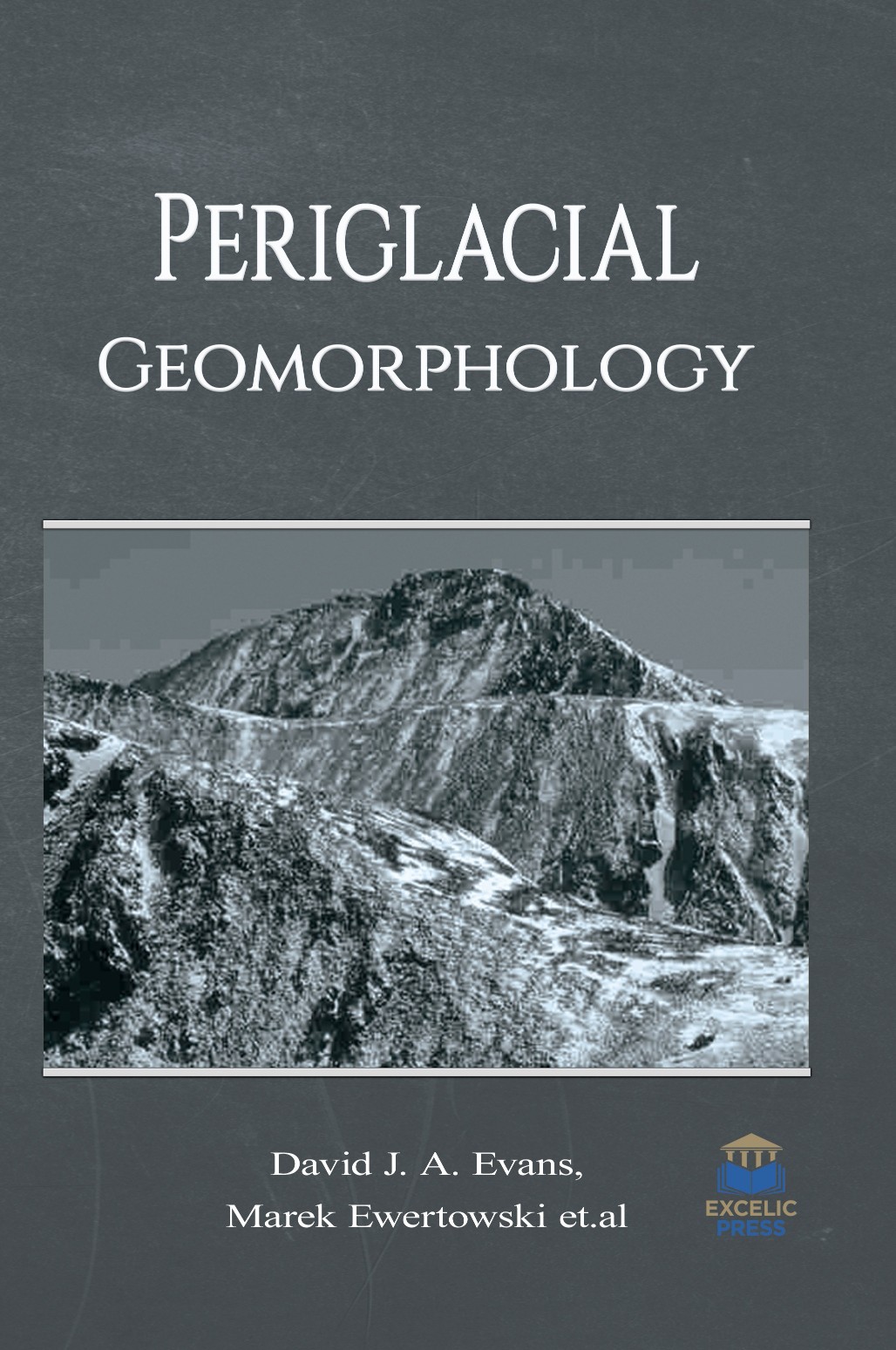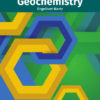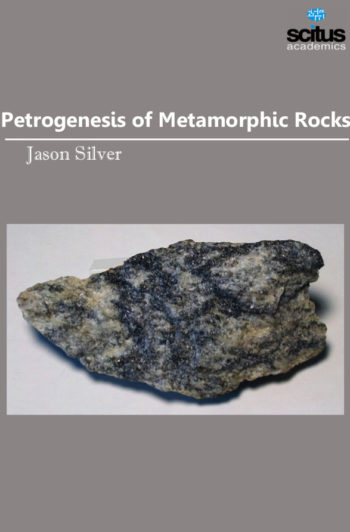Periglacial environment is dominated by some typical processes leading to the formation of unique landform patterns. Some processes are Zonal in nature like the frost action and weathering processes along with some types of mass movements while others are Azonal operating in either humid (fluvial) or semi-arid (Aeolian) environments. Periglacial geomorphology has recently become more quantitative and process-oriented. Periglacial processes have been important outside Pleistocene glacial borders and on Mars, and if we are to draw inferences about processes that have taken place there, we must understand their modern analogs.
Periglacial Geomorphology aims to highlight the considerable quantity and diversity of periglacial geomorphic research taken world-wide covering the study of the processes, conditions, areas, climates and landforms at the immediate margins of former and existing glaciers and ice sheets. Clear clarification of the behavior of water and ice in cold environments should boost the student’s appreciation of the complex origins of such features as pingos, rock glaciers, gelifluction lobes, and patterned ground. This book is designed for periglacial geomorphologists, intended to describe some periglacial processes that can serve as a basis for exploring that special world with emphasis on the origin of certain distinctive processes there and the environmental consequences of a lack of familiarity with these phenomena for those who build and work there.













